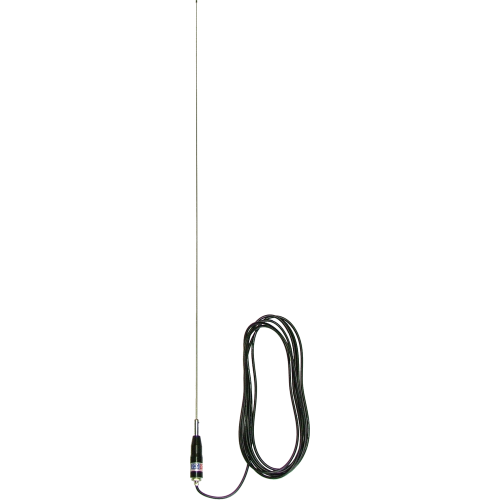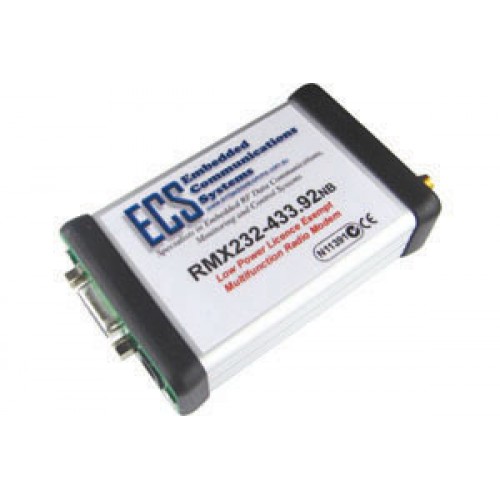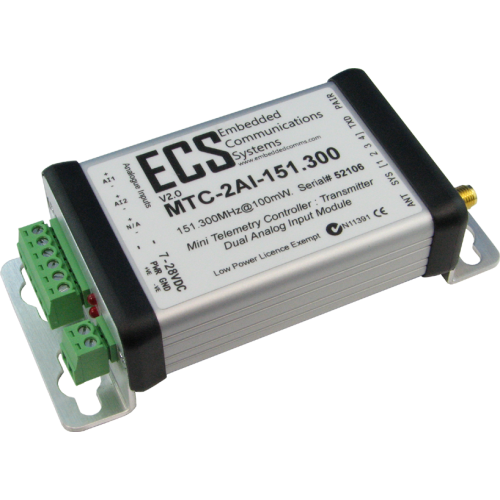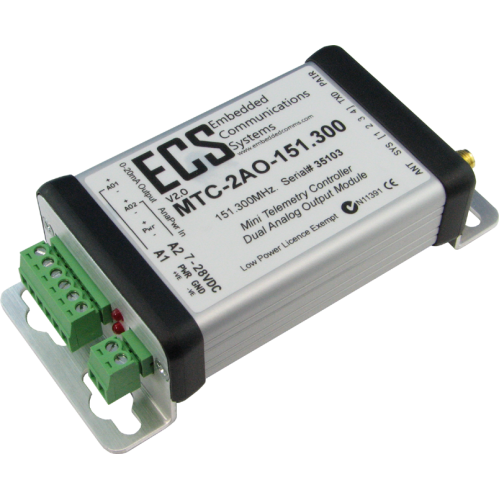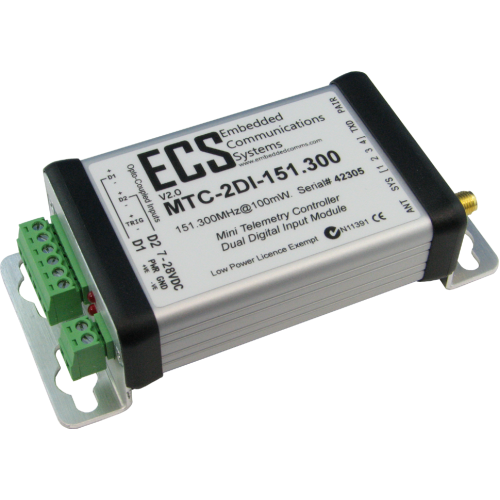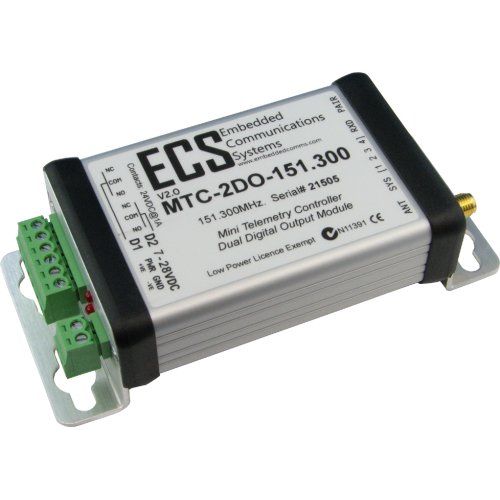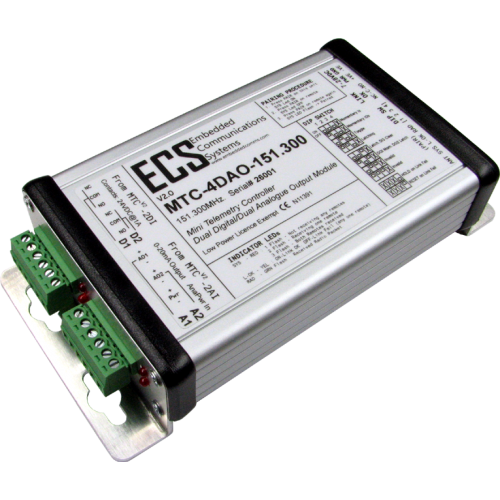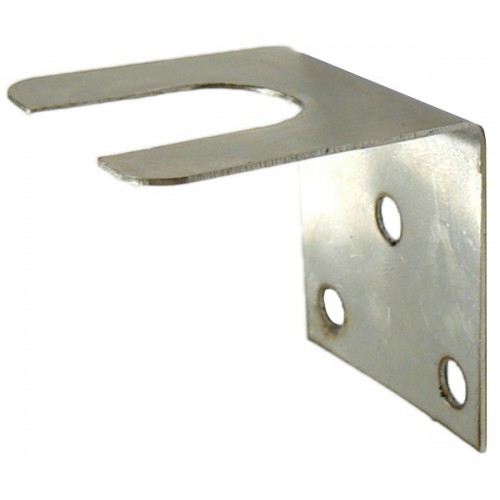ANT-151D-GIS : 1/2 Wave Dipole. Ground Independent VHF 151.3MHz Dipole. 2.1dB Gain. 4m coax + SMA
ANT-151D-GIS : 1/2 Wave Dipole. Ground Independent VHF 151.3MHz Dipole. 2.1dB Gain. 4m coax + SMA
ANT-151D-GIS
NOTE: Freight costs for this antenna will incur an extra charge and can only be sent by courier - it is too long to be sent via the postal system. If purchasing this antenna, you will be invoiced an additional freight charge to be paid prior to your order being dispatched. Please enquire to obtain a quotation...
NOTE: The dead weight of this antenna is 600g, however the volumetric weight for shipping purposes is 2.8Kg.
The GRH/TL mobile antenna is a ground independent, half wave, end fed design ideally suited for use where no metal ground plane exists. In practice these antennas are also used where some metal is present but where it is not of sufficient area to allow a normal quarter wave whip to be mounted.
Factory tuned for 151.3 MHz with 2.1 dBi gain, the antenna stands 1.17 metres tall. The stainless steel, delrin, copper and brass construction provides an extremely robust and durable antenna capable of surviving the harshest of conditions and treatment.
4 metres of RG58 stranded cable bottom exits through the antenna base. The cable is fitted with an SMA Male connector. Mounting is to any bracket with a 10 mm hole using the stainless steel nut and washer on the base ferrule. Typical mounting positions are to a vehicle guard, vehicle boot or truck mirror using the appropriate bracket.
It is important to mount the antenna as far away from other antennas and metallic objects as possible to avoid distortion of the omnidirectional pattern and interference. At least 350 mm side clearance is desireable, preferably more. The antenna must be vertical for best performance, not mounted at an angle.
Route the cable carefully via the shortest possible route. Ensure that the cable is not stretched excessively and there are no sharp kinks. Use cable ties, but do not pull so tight as to crush the cable. A damaged feeder cable is a cause of high VSWR and reduced performance.
The cable may be cut shorter if desired. But another connector would then need to be fitted using proper tools.

